Artificial intelligence has been around for a while now. It has appeared in many editing software programs for photography (and digital art), including Photoshop, Lightroom, Luminar and more.
It is a tool to help us create the images we saw when we captured ‘that’ moment in time. Or allows us to create the moment we wish we could capture. Even to capture something we dreamed of and not real at all.
What is AI art?
So, then, what is AI art? AI art refers to art generated with the help of artificial intelligence. AI is a field of computer science that focuses on creating programs that mimic human intelligence or even simulate the human brain through a set of algorithms.
Is it considered real art? By many, yes. AI art is even selling for substantial amounts of money in some cases.
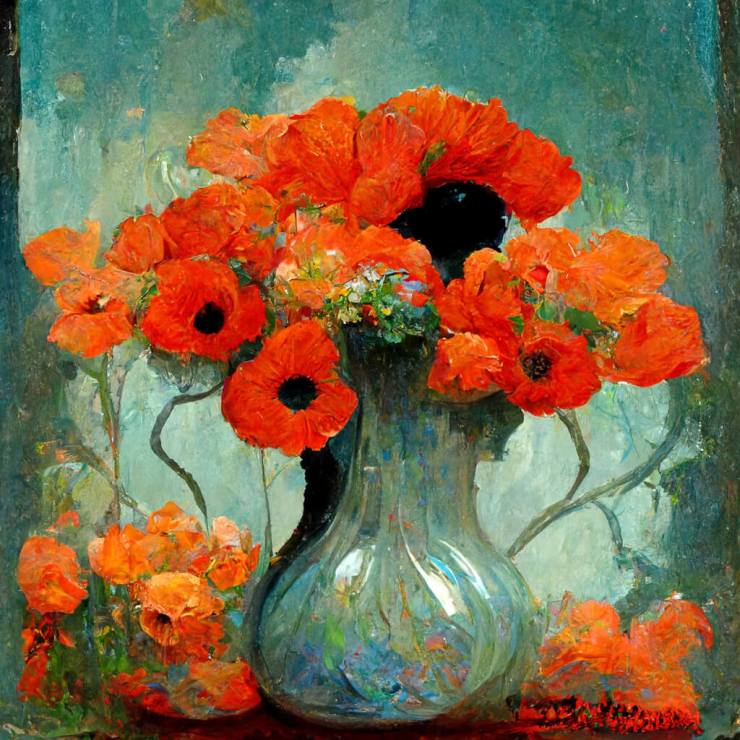
How does it all work?
Generally, you need a platform to create your AI art. There are several around.
Once you are setup you will need to create your variables. These are prompts you put into the AI platform to start your creation. It does depend on what platform and the type of art you wish to work with. Perhaps something like steampunk, dusty road, extreme detail and dragons. These are the prompts I used to create the banner image.
But it could be anything, a painterly vase of poppies like above. You can add styles — like realistic, painterly, cyberpunk, hand-drawn … anything. You can also add colors, size, etc. It’s worth seeing what others have done to get a feel for it. But there is more to it than that.
What is Midjourney?
There are a few platforms around to help you create AI art. Night Cafe isn’t bad if you are just starting out and getting a feel for what can be done. But I found it to be really limited. Midjourney is the one most seem to be using. The website doesn’t look like much — it’s a Discord — but once you get into it, it’s mind-blowing!
There is a free section, however, you only get limited uses and that vanished pretty quickly just figuring stuff out. I ended up opting for the $10 (per month) version just to see if I want to expand further into this field. I am not going to do a deep dive into HOW it all works, but I might put a few links at the end to get you started.
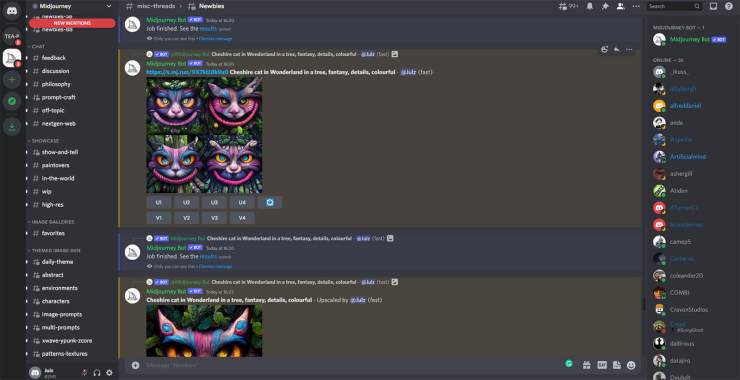
Is it cheating?
I don’t think so no. Let’s be realistic here. When digital photography was introduced, many photographers hated it and said it was cheating and gimmicky. Now it’s mainstream. Photoshop was cheating, as were the likes of Lightroom, whether for photo editing or digital art.
AI is seeping into our everyday lives; it is a tool. Nothing more. So using it to make backgrounds or elements to add to our digital art is NOT cheating. You still need to come up with the concept.
People use a photo that they did not take, add to a background they didn’t make, throw on a texture and a few elements and call it digital art. If they NEVER took any of the original photos or created the digital backgrounds and elements, is that cheating? Is that REAL art? They think so, so HOW is this any different?
Sure, you can make some pretty amazing standalone AI art, but I also love to make elements and then turn them into digital art. It’s wild. In recent weeks, I’ve spent more time creating digital art containing AI than on standalone pieces from my own photos in Photoshop. So no … I don’t think it is cheating at all! It’s freeing.
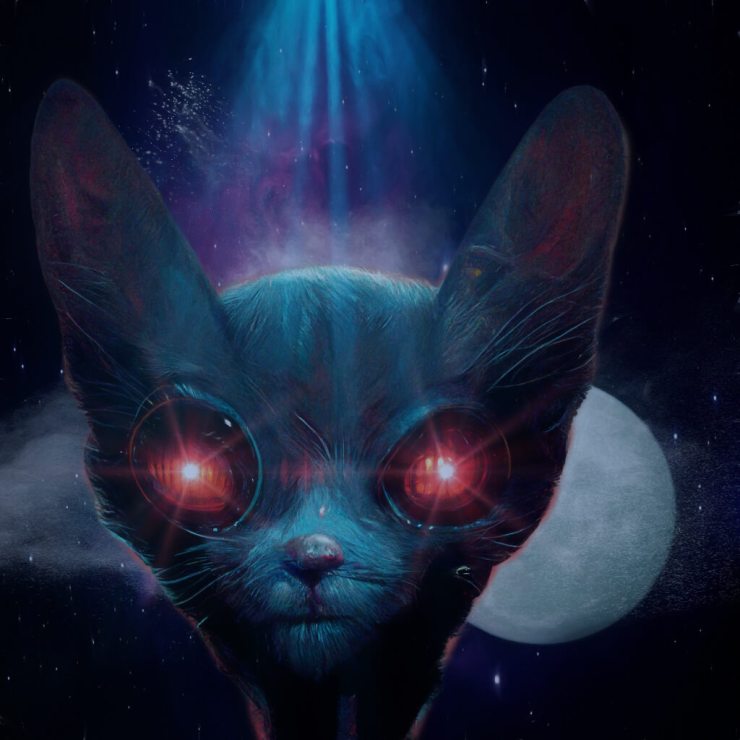
What does this mean for digital art?
Digital Art is NOT dead, and I don’t think it will be in the foreseeable future. Perhaps if your digital art is just making quickie mockups for something larger, then maybe.
But you still need to come up with the original concept. It still needs the human element. Without your input, nothing happens. Just like regular art, digital or otherwise. If you use a paintbrush or a digital tablet, you STILL have to put in the work and come up with the ideas.
So I am fairly certain digital art is safe. Likewise, traditional art is safe like painting, sculpture, drawing and more. People will still value your unique talents. I doubt that will change.
What does it mean for photography?
Likewise, I don’t think digital or film photography is in danger at all. In fact, AI programs like Midjourney use photos, and art on the internet to get references. Millions and millions of photos, digital art and even traditional paintings, sculptures and more.
All that information has to be gathered from somewhere. It’s sort of mushed in together to create something entirely new. It is NOT ripping off someone else’s art. It’s taking ‘1’ and ‘0’ and making something else.
Is this the future of digital art?
AI is creeping more and more into our daily life. Fridges and washing machines, smartphones, computers, and yes digital art. I am sure it will evolve still further. The origins of AI have been a bit alarmist and up until now only basic tasks, boring stuff, that a computer chip will happily purr along to.
Will the machine rise up? I doubt it, unless there is an evil force behind it all — but that’s another story!
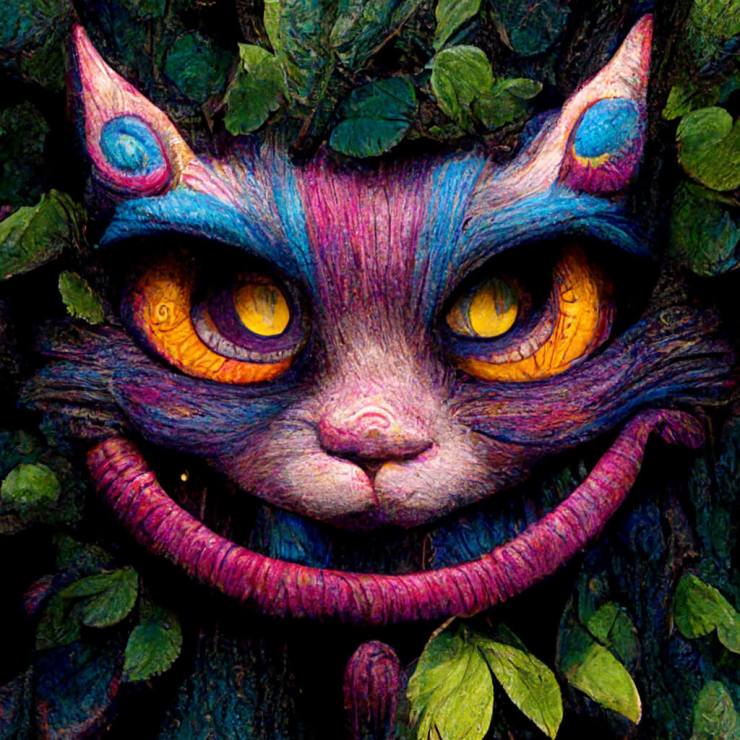
The good, bad and the ugly
With everything, there is a good and a bad side. There is a steep learning curve. It takes time (and money) to create AI art, and most have a subscription service to get any real value out of it. That can stack up too.
The free services either don’t have much to offer, are very limited or only give you a few free tries. Even Midjourney. By the time you have sorted out what to do, put in a prompt, revise, review and revise again, your limited free access is finished. I got a LOT more out of my first $10 spend, but I’m not sure if I want to go up from there at this stage.
There is a lot of noise within the likes of Midjourney and finding your own art, can get frustrating. There are private Bot rooms, but not for the cheap seats. There is also nothing stopping someone from copying your prompts, but even if they do, they end result frequently ends up different.
The images are small. I found that I ended up scaling my finished pieces to create digital art of any real size. If you increase the size of the image and look closely, often something is just a bit off, especially with faces. I am sure that will improve with time.
The best bit? Well, it’s a LOT of fun. It allows you a creative edge you perhaps didn’t think you had or could do. The only limit is your account space and your imagination. But beware it’s a bit of a trip down Alice’s Rabbit hole and you can lose track of time VERY quickly. I will admit it’s more fun than binge-watching TV! I created all the art in this post in Midjourney.
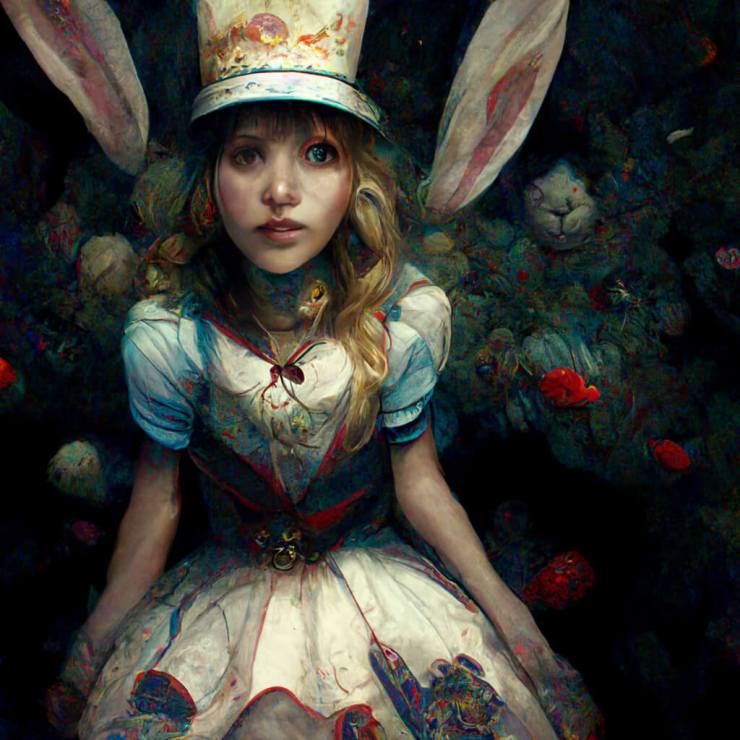
What have I been creating?
I have been playing with various ideas and making one-off AI art; it’s fun to see what you can come up with. I have also been making elements that I can then use in additional digital art pieces. Now THAT has been lots of fun.
So where do I see this all heading? I honestly haven’t got the faintest idea, I’m just along for the ride. But before you started bantering around words like it’s NOT real art, I think you should at least try it. It might just be a lot more creative than you gave it credit for.
.mgl-masonry { display: none; } #mgl-gallery-634eb55f4d0ba { column-count: 3; margin: -5px; } #mgl-gallery-634eb55f4d0ba .mgl-item { padding: 5px; } #mgl-gallery-634eb55f4d0ba figcaption { padding: 5px; } @media screen and (max-width: 800px) { #mgl-gallery-634eb55f4d0ba { column-count: 2; } } @media screen and (max-width: 600px) { #mgl-gallery-634eb55f4d0ba { column-count: 1; } }
The Butterfly Queen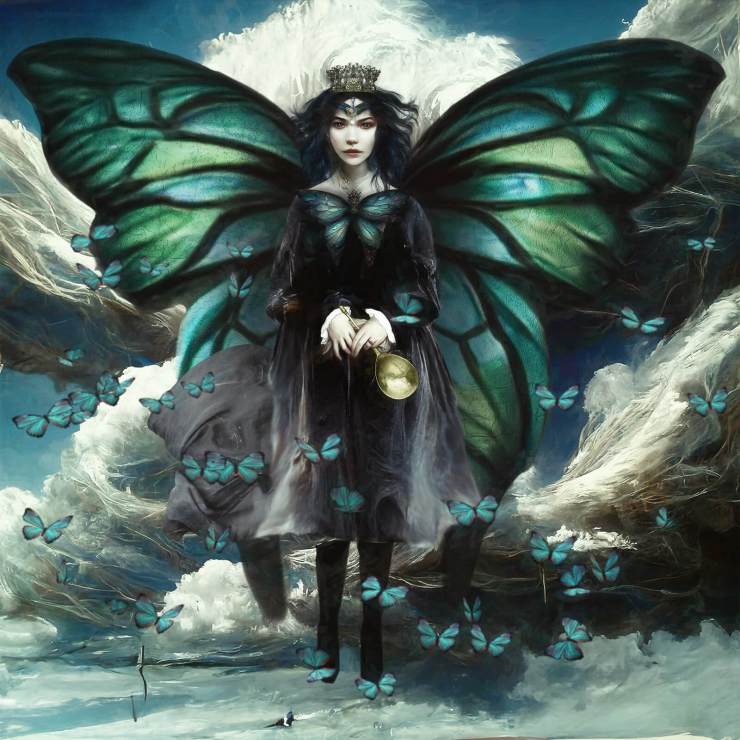
Sitting on the edge of the world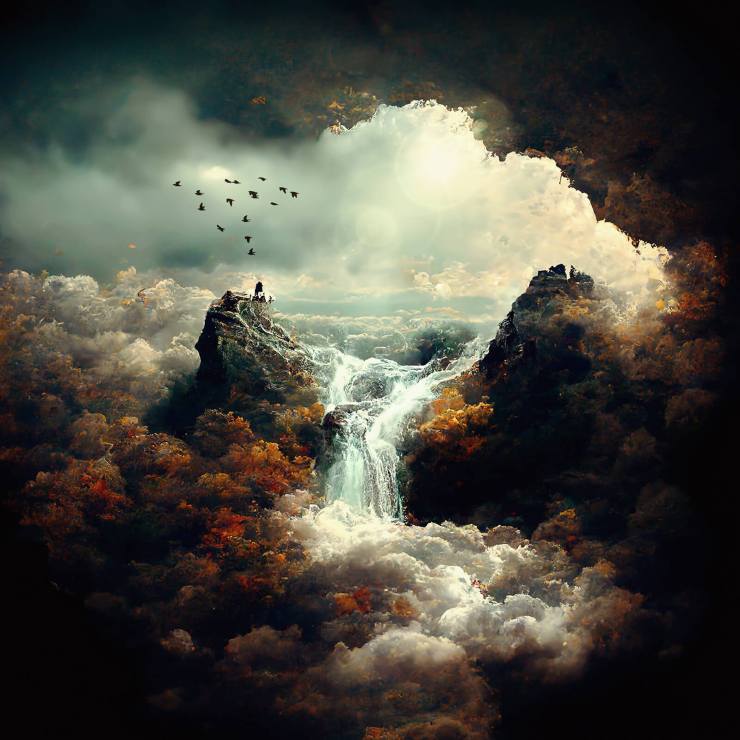
The Queen Bee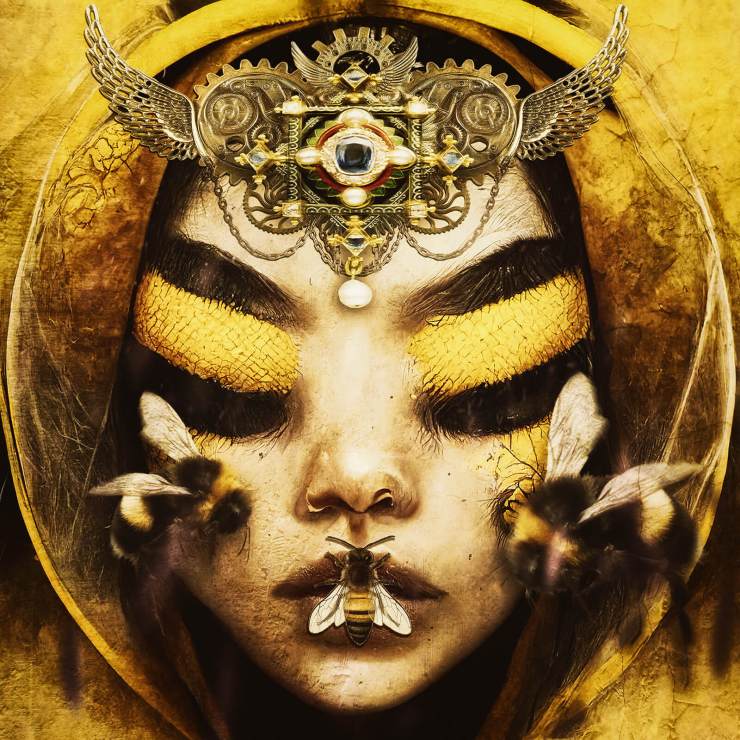
Is AI art for everyone? Probably not, but don’t knock til you’ve tried as they say. I am still learning my way around this like so many other people, but so far, I’ve been enjoying the journey!
Interested in more?
For those of you who are interested in learning more, here are two videos I found quite helpful. But be warned this can be highly addictive.
- PiXimperfect — End of an Artist’s Career
- Vladimir Chopine — Get the most out of using Midjourney
- See more of my AI Art Journey on Instagram
Tell your story with the second annual Visual Storytelling Conference!
Experience four days of interactive, online training sessions featuring a range of educational content with experienced photographers and content creators. This free event kicks off with a series of technical boot camps to build essential skills, followed by live, online sessions on photography, video, business and social media. Join live from March 10-13, 2022!
